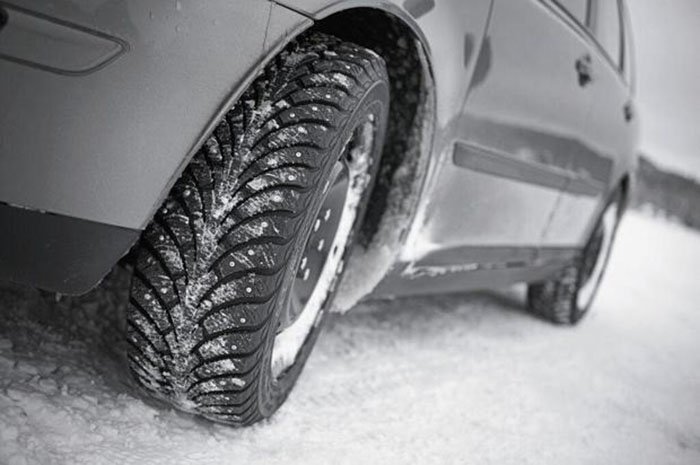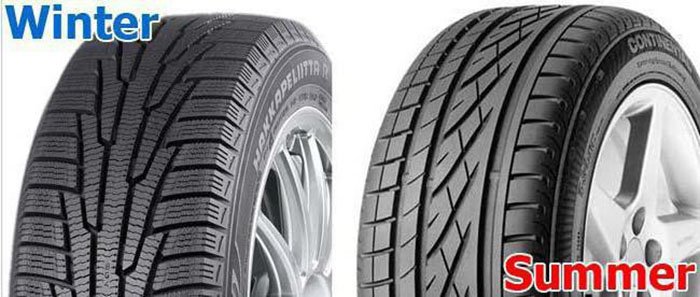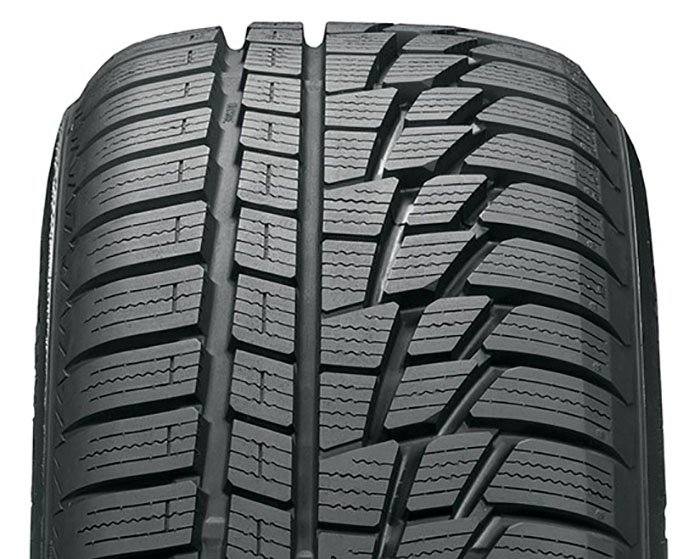It is important to change tires in time – replacement of rubber from summer to winter
Change tires need on time. Safety of driving and safety of the wheels depends on it. Everyone knows that it is necessary to do this every year. However, it is important to have an idea of when and under what weather conditions to replace the rubber.
Why do I need to change tires?

Very often, novice drivers have a question about the expediency of replacing tires. However, it is important and necessary to do, because a distinctive feature of winter and summer tires is their composition.
- Summer tires are denser, as a result, the tire heated by friction and the amount of air in it increases. Thus, leaving in the winter on such a rubber reduces the coefficient of adhesion to the road surface by at least 10 times. The result is an increase in the risk of skidding, and an increase in the stopping distance.
- Winter tires have a softer structure, therefore it is more elastic and good grip during ice guaranteed.
Winter tires are distinguished by two types – studded and without spikes (the so-called «sticky»). Studded tires are equipped with a more rigid block for better mounting studs, and multi-layered tread. Rubber in «Velcro» softer, the protector also has a ditch, due to which the snow mixture or a thin water layer created during contact with the ice coating removed.
Tires, «Velcro» is more suitable for a warm winter. For more cold and snow better to choose studded tires.
When is it better to change tires?

According to experts, it is better to change summer tires for winter during temperature regimes from +5°С to +7°С. Manufacturers of rubber also adhere to this opinion, because already at +7 the level of adhesion to the road surface begins to decrease.
If you forgot to change tires and went on the road to ice, you need to follow a few rules: reduce speed, increase the distance and apply pressure to the brakes in advance. It is also better to forget about sudden movements, do not press quickly on the brakes or gas and unscrew the steering wheel. Everything should be smooth and slow. Thus, you can ensure traffic safety on a snowy road or in ice.
Disadvantages of all season tires

Recently, all-season tires have become very popular. It is buy, wanting to save on tires and not change the summer for the winter or vice versa. However, not all so simple. All-season tires have more disadvantages than advantages.
- In summer, due to their greater softness, they wear out faster.
- In winter, they are less elastic, which reduces the level of sufficient adhesion to the road.
In the best way, these tires are suitable for temperatures around 0°C, if it is a minus, it is worth thinking about replacing it with a winter variant.























